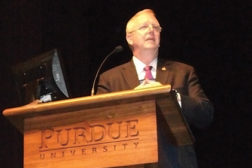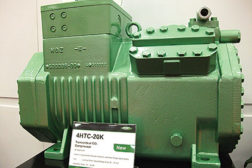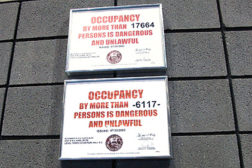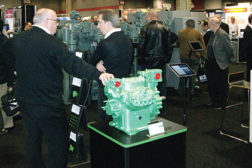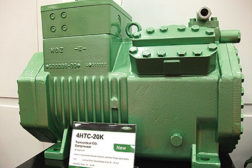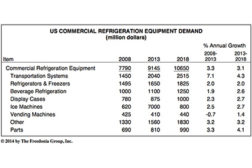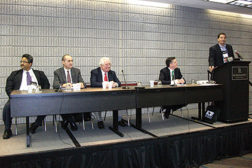Articles by Peter Powell
Low-GWP Refrigerants Stressed To Keep Refrigerant in Mix
Read More
SkillsUSA Contest Awards HVACR Students
National Leadership and Skills Conference Prepares the Professionals of Tomorrow
Read More
CO2 Refrigerant Growth Continues Globally
Number of CO2 Applications Growing in Domestic Settings, Too
Read More
A Global Look at Refrigeration Challenges
Developed, Developing Countries Differ in Accessibility
Read More
Copyright ©2024. All Rights Reserved BNP Media.
Design, CMS, Hosting & Web Development :: ePublishing
